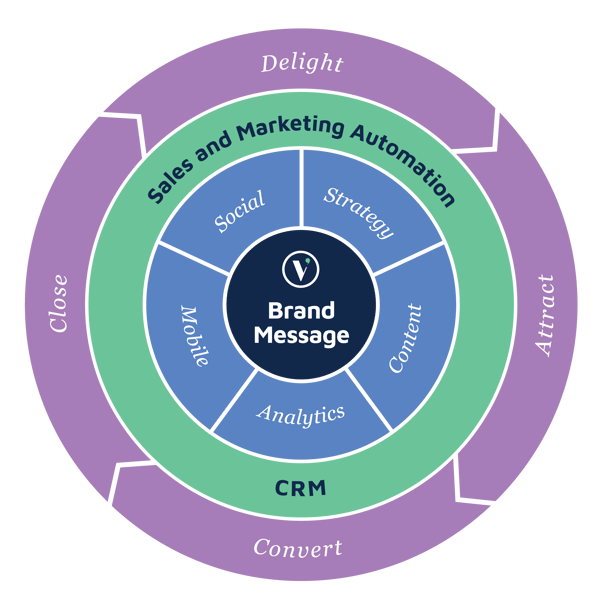Content in the future of marketing is intended to elevate the brand and effectively motivate customers to move to their next stage of lifecycle FASTER than they would their own.
Forrester Research says that customers are into 90% of their buying journey before they contact a vendor. This means that BEFORE the customer makes the initial contact, the sales department would need to depend on marketing to engineer the customers’ journey, to entice, guide and provide the necessary information to steer them to a decision.
The first contact with your customers may be a visual one. Creative visual artists and videographers can help you stand out visually. However, apart from the aesthetics, you need some "meat" in your content so you need writers to share knowledge about your business in your social posts, emails and blogs.
The Future Of Marketing
The Future of Marketing is where marketing (visual teams included) and communications teams come together to create a content-driven ecosystem that will elevate the brand and effectively motivate customers to move to their next stage of lifecycle FASTER than they would their own.
Basically, modern marketing in our times is multi-faceted and cannot stand alone. All your departments have to work together to convey a consistent brand message.
Just as it takes a village to raise a child, it also takes many departments, many talents to grow a business. Each department holds fort at different points on a customer's buying journey. No single department can stand alone. For a business to thrive and last, everyone has to come on board. 
Above image shows the complete life cycle of Modern Marketing
In fact, Job Outlook by the Australian Government estimates that marketing and communications jobs will grow 13% between 2018 and 2023. Content marketing is said to be worth $412 billion with a compound annual growth rate of 16% according to the latest market research forecast by Technavio.
This shows GREAT content marketers are needed to differentiate organisations from their competitors. Still 70% of marketers say they lack a consistent or integrated content strategy. (source: Altimiter Group). That means content is still being created and distributed in silos from different product or business units and/or from different marketing channels, causing confusion in the market place as well as being seen as spamming customers with irrelevant marketing promotions.
To eliminate the silo development, marketers and communications professionals should involve other business stakeholders in their content-driven ecosystem, and to align content to business objectives.
A Prescriptive Guide
There are three key steps to building a content-driven ecosystem.
- Create and manage content providing a personalised experience
- Publish and promote relevant content across the right channels and social integrations
- Use analytics to convert KPI to ROI
1. Create and manage content providing a personalised experience
Create a few value-based themes that appeal to your audience and organise your content and marketing efforts by these themes. Align the themes to your sales initiatives so that sales, marketing and communications speak the same language to the customers. In this way, you will ensure relevance to different stakeholders as you systematically plan and execute your strategy.
In developing content, adopt a customer-first philosophy. Aim to be the thought leader for content that is of value to your customers to help them solve problems with your set of products or services aligning to those themes.
Also think how you want your content to be managed for local, regional or global campaigns.
2. Publish and promote relevant content across the right channels and social integrations
Using the Vermilion Pinstripes' Modern Marketing framework as a guide, create a campaign map where you spell out what content are shared for each select audience at each stage of their lifecycle for each value-based theme and how they are shared across various marketing channels (including social channels) to maximise reach, engagement and call to action. This is important because
your content is worthless until your customers and prospects read and react to it.
3. Use analytics to convert KPI to ROI
From the content marketing perspective, there are certain metrics you would want to track using analytical tools. Analytics help you see what’s working and what’s not and allow you to make intelligent decisions so that you can tweak your campaigns to meet your goals. It also allows you to make ROI reporting in a fashion that your business will appreciate.
Do not get hyped up over one metric – e.g. look only at brand awareness or customer retention numbers. Look at results holistically. Sometimes a multi-attribution modelling for ROI reporting makes more sense.
There are many metrics to track but the top 7 would be these:
1. Website Traffic/Reach that measures the very top of the sales and marketing funnel. This metric will be useful for understanding the percentage of traffic driven by the content created.
2. Leads Generated/Prospects Acquired. This is the most popular and important marketing metric that can provide you with useful information to move customers through the path to purchase.
3. Click Throughs that show the quality of the marketing content—or lack thereof.
4. Lead to Marketing-Qualified Lead (MQL) Ratio. B2B marketers need to know the effectiveness of converting leads beyond simply gathering contact information toward qualification.
5. Conversion Rates. B2C marketers should use this to understand the path to purchase and to achieve the highest possible conversion rate.
6. Average Deal/Purchase Size. Marketers need to understand that purchasing trends will vary by segment and these trends impact the type of content created, especially if the end goal is to drive deals for the business.
7. Revenue. Literally, the most important metric that is discussed at management meetings.
Download this eBook on "The 6 marketing metrics your boss cares about".
Content, in today’s world, is no longer just about the best visuals or coolest videos, it is about delivering the brand’s message, making the emotional connection with customers, and driving them to a decisive decision for the brand.
Content is serious business in the future of marketing.
Vermilion Pinstripes Sales Marketing Communications | Australia and Singapore
Vermilion Pinstripes is a modern marketing and communications agency based in Port Macquarie, Melbourne and Singapore who builds business confidence. It's amazing how we have a team who use maths, science, creativity and psychology in this modern marketing era to help small businesses and B2B organisations create positive brand perceptions and accelerate their sales.
Contact us for modern websites, lead generation communications, corporate social media, CRM, sales and marketing automation.
Contact
e/ info@vermilionpinstripes.com
Port Macquarie, New South Wales, Australia: t/ +614 0777 9828
Melbourne, Victoria: t/ +6144 950 1277
Singapore: t/ +65 9681 7045
____________




